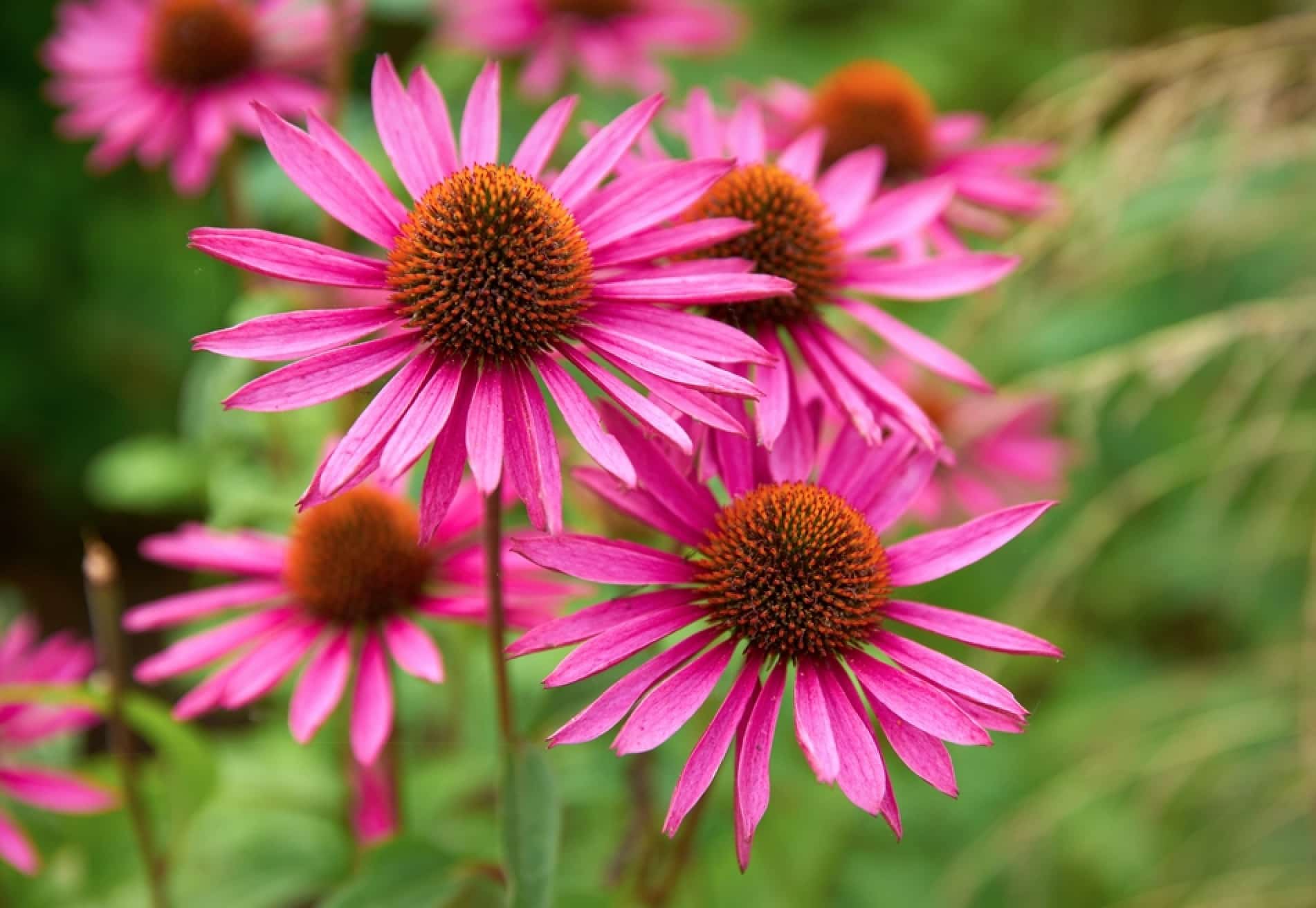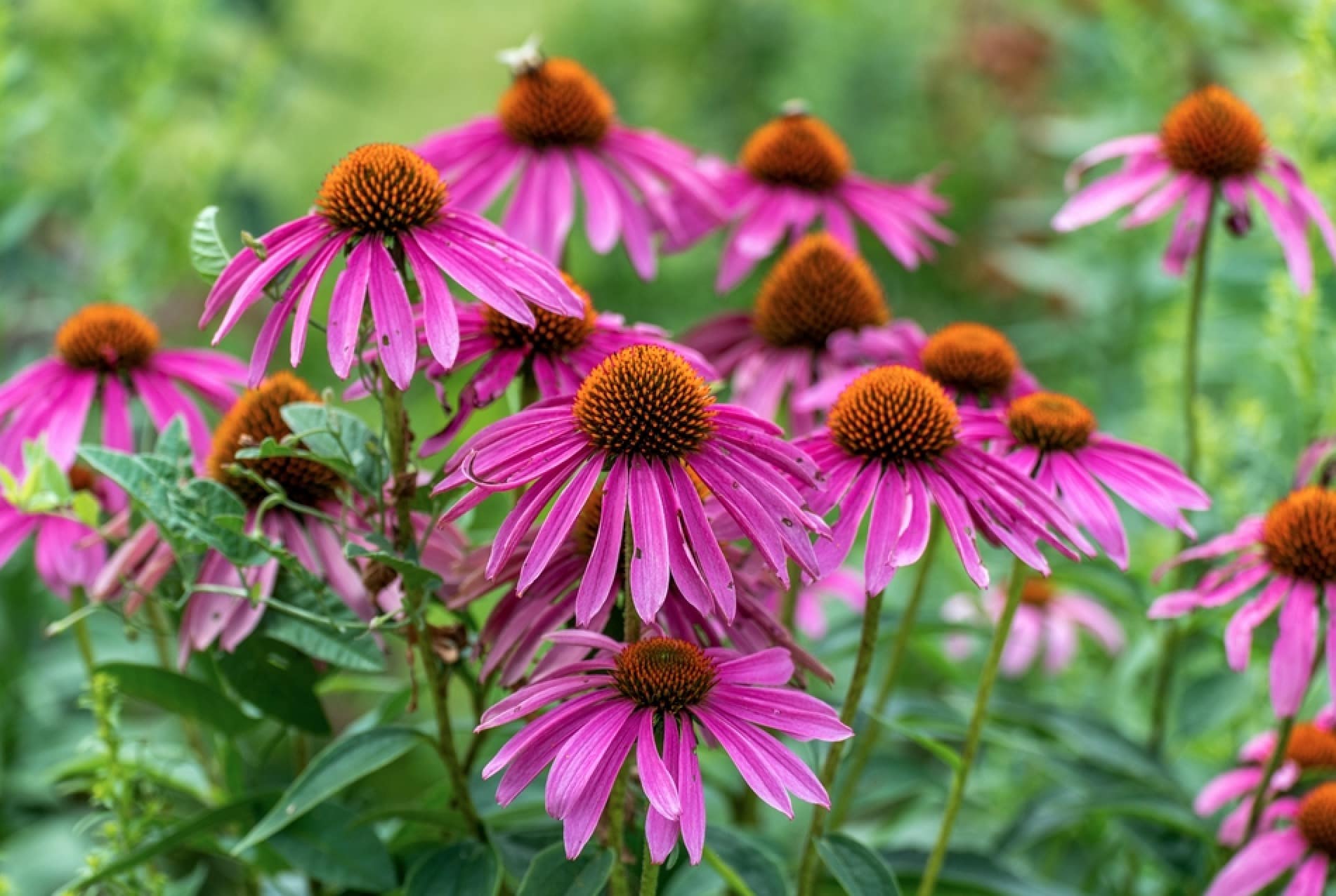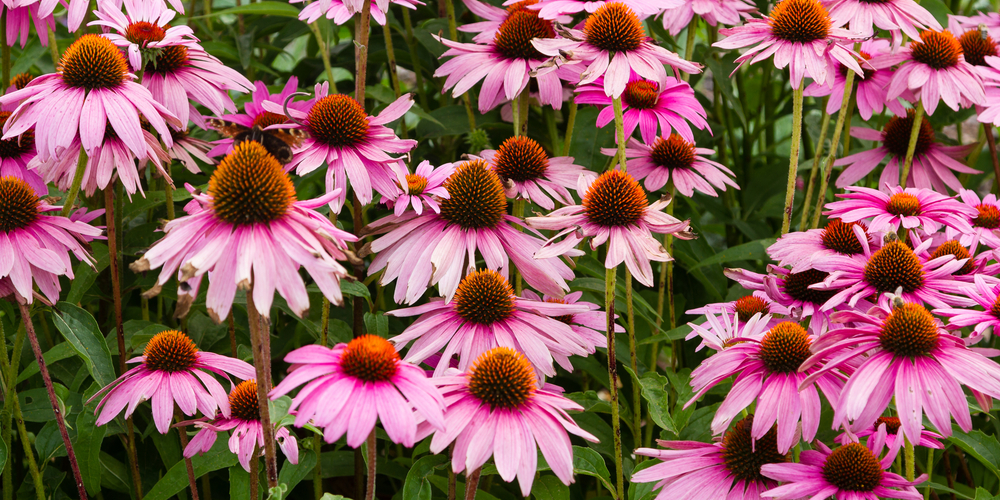| Question | When to Plant Coneflower Seeds? |
|---|---|
| Answer | Early spring or late fall in cooler climates, fall in warmer climates. |
| More Info |
|

Coneflowers, known botanically as Echinacea, are perennial plants beloved for their vibrant, daisy-like flowers and robust nature. These hardy blooms are native to North America and thrive in a variety of soil conditions, from prairies to open woodlands. Their cone-shaped centers, surrounded by colorful rays of petals, attract pollinators such as bees and butterflies, contributing to a healthy ecosystem.
Characteristics of Coneflowers:
- Hardiness: They are resilient and can withstand a range of environmental conditions.
- Bloom Seasons: Flowering typically occurs in the late spring to early fall.
- Height: On average, they reach 2 to 4 feet in height.
- Color Variations: Although traditionally pinkish-purple, cultivars may also display white, yellow, red, and orange hues.
For gardeners, coneflowers are particularly valued for their low maintenance requirements and medicinal properties, as the genus Echinacea is known for supporting the immune system.
Ideal Growing Conditions:
- Sunlight: Prefers full sun but can tolerate partial shade.
- Soil: Adapts to a wide pH range and should be well-draining.
When cultivating coneflowers, understanding their natural habitat and growth patterns is key to replicating the right conditions in one’s garden for optimal growth and bloom succession.
Coneflower Seed Preparation
Before planting, proper preparation of coneflower seeds is crucial for successful germination. Attention to the stratification process can enhance germination rates and result in healthier plants.
Stratification Process
For many native species like coneflowers, stratification is a key step in seed preparation. This process involves replicating natural conditions that seeds must endure before germination. Typically, coneflower seeds require a period of cold to break their dormancy, making them ready to germinate when conditions improve.
Steps for Stratification:
- Moisten a paper towel or sand.
- Wrap or mix the seeds with the moist medium.
- Place the moist seeds into a plastic bag.
- Label the bag with the date to keep track of the stratification period.
- Refrigerate the seeds for about 30 to 60 days.
During stratification, seeds should be checked periodically for moisture and signs of mold. If any seeds begin to sprout during stratification, they should be planted immediately.
Ideal Planting Time
For gardeners aiming to cultivate coneflowers, timing is a crucial factor. The optimal period for planting coneflower seeds is early spring, after the threat of frost has diminished. This timing allows seeds to benefit fully from the warm soil temperatures and lengthening daylight hours, which are critical for germination and growth.
Planting can commence 8-10 weeks before the last expected frost. Gardeners can ascertain the last frost date by consulting local weather guides tailored to their region.
A general rule of thumb:
- Soil Temperature: 65°F-70°F (18°C-21°C)
- Depth: Sow seeds at about 1/4 inch deep
Here’s a simple guideline for planting times:
| Region | Planting Window |
|---|---|
| North | Late April to Early May |
| South | As early as March |
Direct sowing is recommended, as coneflower seeds need sunlight to germinate.
It’s important to keep the soil consistently moist without allowing it to dry out completely. The following steps should be observed:
- Prepare the Soil: Ensure the soil is loose, well-draining, and free of debris.
- Sow the Seeds: Spread the seeds directly onto the surface.
- Compress the Soil: Press down gently to ensure good seed-to-soil contact without covering the seeds.
- Moisture: Keep soil moist until germination, which typically takes 2-3 weeks.
Spacing should allow for a distance of 12-18 inches apart, providing adequate airflow and room for growth.
Preparing the soil with compost or manure can enhance soil fertility and structure, further encouraging healthy plant development.
Planting Techniques
When planting coneflower (Echinacea) seeds, gardeners can choose between direct sowing and starting seeds indoors. Here’s a guide to each method:
Direct Sowing:
- Timing: Sow coneflower seeds in spring after the danger of frost has passed or in autumn before the soil freezes.
- Method: Broadcast the seeds onto loosened soil. These seeds need sunlight for germination, so they should not be covered with soil. Compress the seeds firmly into the soil.
- Spacing: Plant seeds at least 12-18 inches apart.
- Moisture: Keep the soil consistently moist but not waterlogged.
Starting Seeds Indoors:
- Timing: Begin 8-10 weeks before the last expected frost.
- Soil Prep: Use a mixture with good drainage, such as a potting mix formulated for seeds.
- Depth: Plant seeds 1/4 inch deep in trays or pots.
- Temperature: Maintain a soil temperature of 70°F to 75°F to encourage germination.
- Light: Place seed containers under grow lights for 14-16 hours per day.
- Moisture: Cover trays with plastic to retain humidity until germination occurs.
Key Tips for Success:
- Soil Improvement: Whether planting indoors or outdoors, enriching the soil with compost or well-rotted manure can enhance growth.
- Germination Time: Germination can take anywhere from 10 to 20 days, depending on conditions.
- Thin Out: If multiple seeds germinate in one spot, thin them out to allow the strongest plant to thrive.
Aftercare and Maintenance
Once coneflower seeds have germinated and plants are established, proper aftercare and maintenance are crucial for healthy growth and blooming.
Watering: Young plants require consistent moisture until they are well-rooted. Then, they become more drought-tolerant. Water them deeply to encourage deep root development, and allow the soil to dry slightly between waterings.
Soil Maintenance: A layer of compost applied annually helps maintain soil fertility. A 2-inch layer of mulch can help retain soil moisture and suppress weeds.
Deadheading: Remove spent flowers to promote continued blooming. Deadheading, or cutting off the dead flowers, can extend the bloom period and prevent the plants from self-seeding excessively.
Division: Every 3-4 years, divide coneflowers in the spring or fall to prevent overcrowding and rejuvenate older clumps, which promotes vigour and flowering.
Disease and Pest Management:
- Monitor for common issues such as powdery mildew or aster yellows.
- Promote good air circulation around plants to reduce disease risks.
- Inspect regularly and treat pests, like aphids and Japanese beetles, promptly using appropriate methods.
Frequently Asked Questions
Gardeners often have questions about the proper planting and care of coneflower seeds. This section addresses those inquiries to ensure successful cultivation of these vibrant plants.
What is the best time of year to sow coneflower seeds?
For optimal germination, the ideal window to plant coneflower seeds is 8-10 weeks before the last expected frost. This timing allows seedlings to establish before spring temperatures encourage growth.
How far apart should I space coneflower plants when planting?
When planting coneflower seeds, it’s recommended to space them 12-18 inches apart. This spacing promotes adequate airflow and healthy growth among the plants.
Is it possible for coneflowers to flower in the first year when grown from seed?
It’s possible, though not guaranteed, for coneflowers to bloom in their first year from seed. Most typically, flowering occurs in the second year, with the first year dedicated to establishing roots and foliage.
How deep should coneflower seeds be sown?
Coneflower seeds should be planted at a depth of about 1/4 inch. They require light to germinate, so they should not be buried too deeply in the soil.
Can coneflower seeds be directly sown outdoors, and if so, when?
Yes, coneflower seeds can be directly sown outdoors. The best time is after the threat of frost has passed. Soil temperatures should be consistently around 70°F to 75°F.
What are suitable companion plants for coneflowers in the garden?
Coneflowers flourish alongside other drought-tolerant perennials such as black-eyed Susans, Russian sage, and yarrow.
These plants complement coneflowers in terms of aesthetics and growing conditions.
Last update on 2025-05-12 / Affiliate links / Images from Amazon Product Advertising API




